“I have always wanted to see Aral first-hand. Back in the school days, in the USA, we were told during classes how the Aral dried up. The rivers that flew into the sea were used to irrigate fields,” Carolina Solomon, an American student, said. She managed to see Aral when she volunteered in the environmental campaign to restore the Aral ecosystem “Syr korgany sekseyil” (translated from Kazakh as ‘Haloxylon – the support of Syrdarya’).
The event was held for three days, on March 1 to 3, 2024, in Kyzylorda region of Kazakhstan. The campaign gathered almost 80 volunteers who planted 5,100 young plants of Haloxylon on the bottom of the Aral Sea. Carolina Solomon shared her impressions from the trip with CABAR.asia.
Day one: Tour across the region
The train headed for Kyzylorda from Almaty from the railway station Almaty-2 and that is where Carolina met other volunteers. They spoke about various things: weather, route, the Aral Sea, studies, culture, hobbies, and many other things. It was a great opportunity for Carolina to practice Russian as she is a participant of the international cultural and language student exchange programme in Almaty.
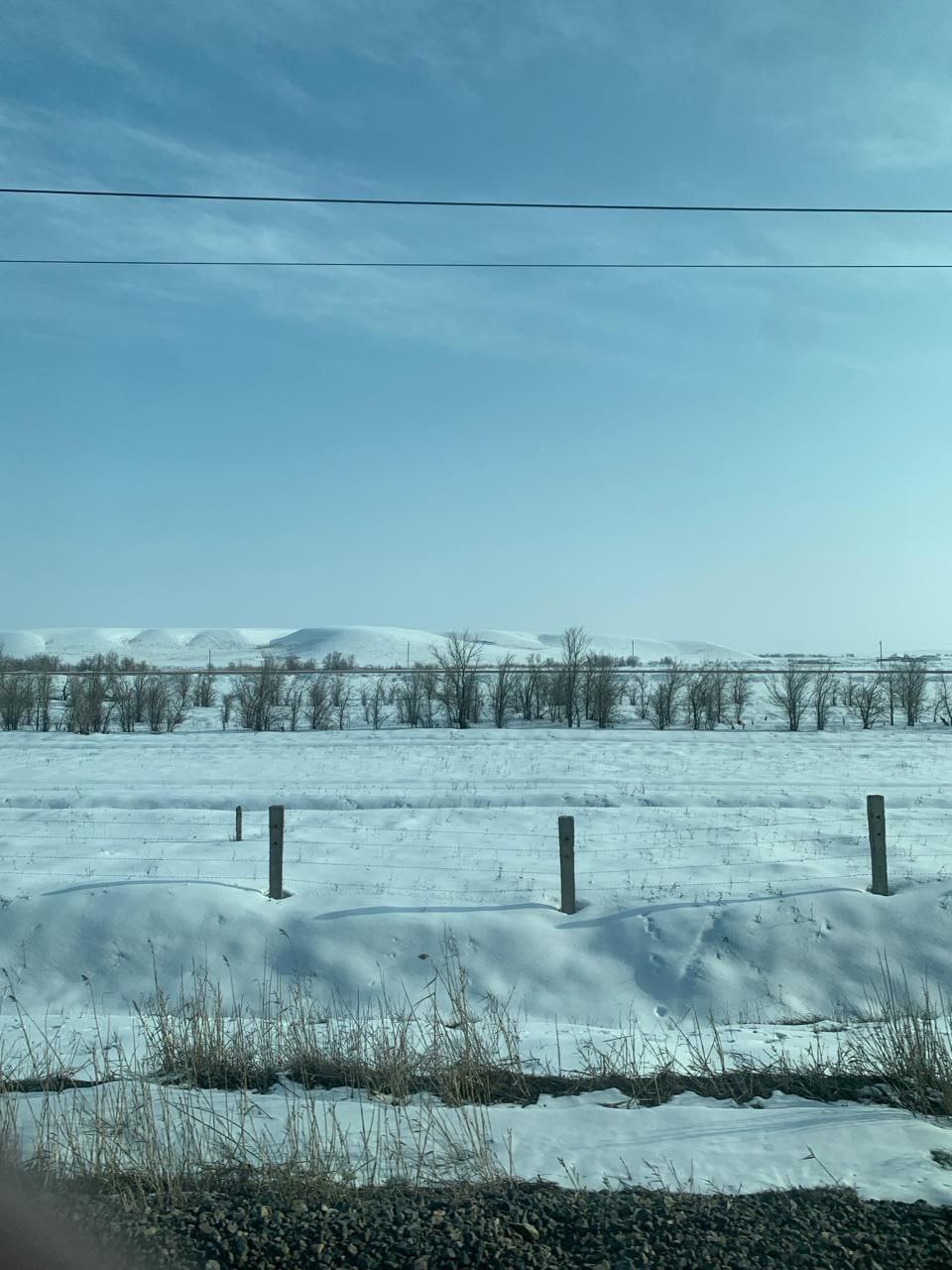
At the very start, the train crossed the picturesque mountains of the Zailiyskiy Alatau, and then it crossed the territory of Zhambyl region. The magnificent peaks of the Zailiyskiy Alatau mountains could be seen from the train windows. They rise above the valley like powerful guards protecting their land. This is a place where one can feel oneself a part of the nature, enjoy its beauty and greatness. In general, the train ride from Almaty to Kyzylorda was a perfect opportunity to see the diverse landscapes of Kazakhstan – from snow-capped mountains to endless steppes.
They arrived in Kyzylorda early in the morning, took their seats on buses, and headed for Aiteke Bi village, the centre of Kazalinsk district.
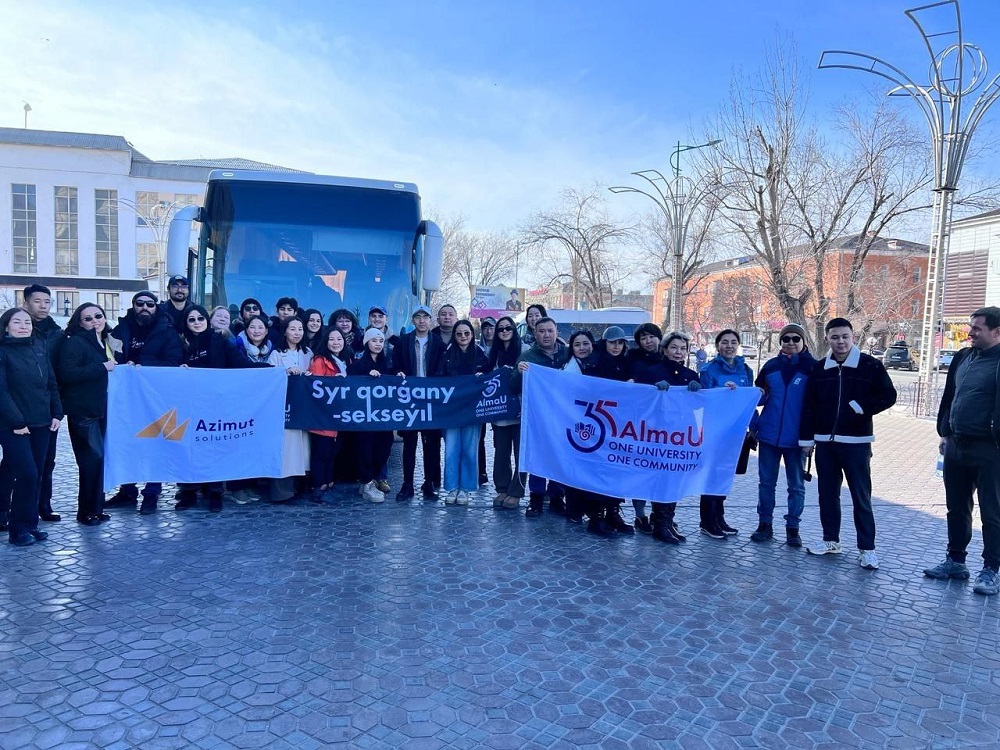
On the way, they stopped by a sacred place – the memorial of songwriter and composer Korkyt-ata – in order to receive the ‘bata’, i.e. blessing for a good cause, for planting Haloxylon on the bottom of the Aral Sea.
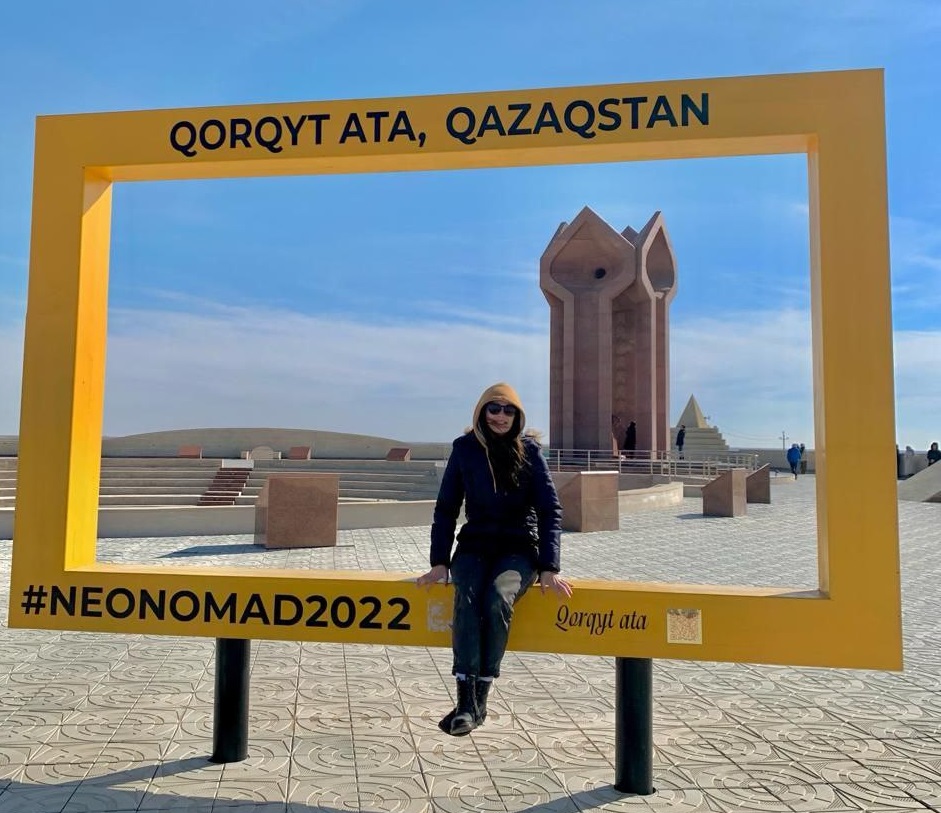
“The Kazakhs have a very interesting tradition of asking for a blessing from the elders to do something difficult and good,” Carolina said.
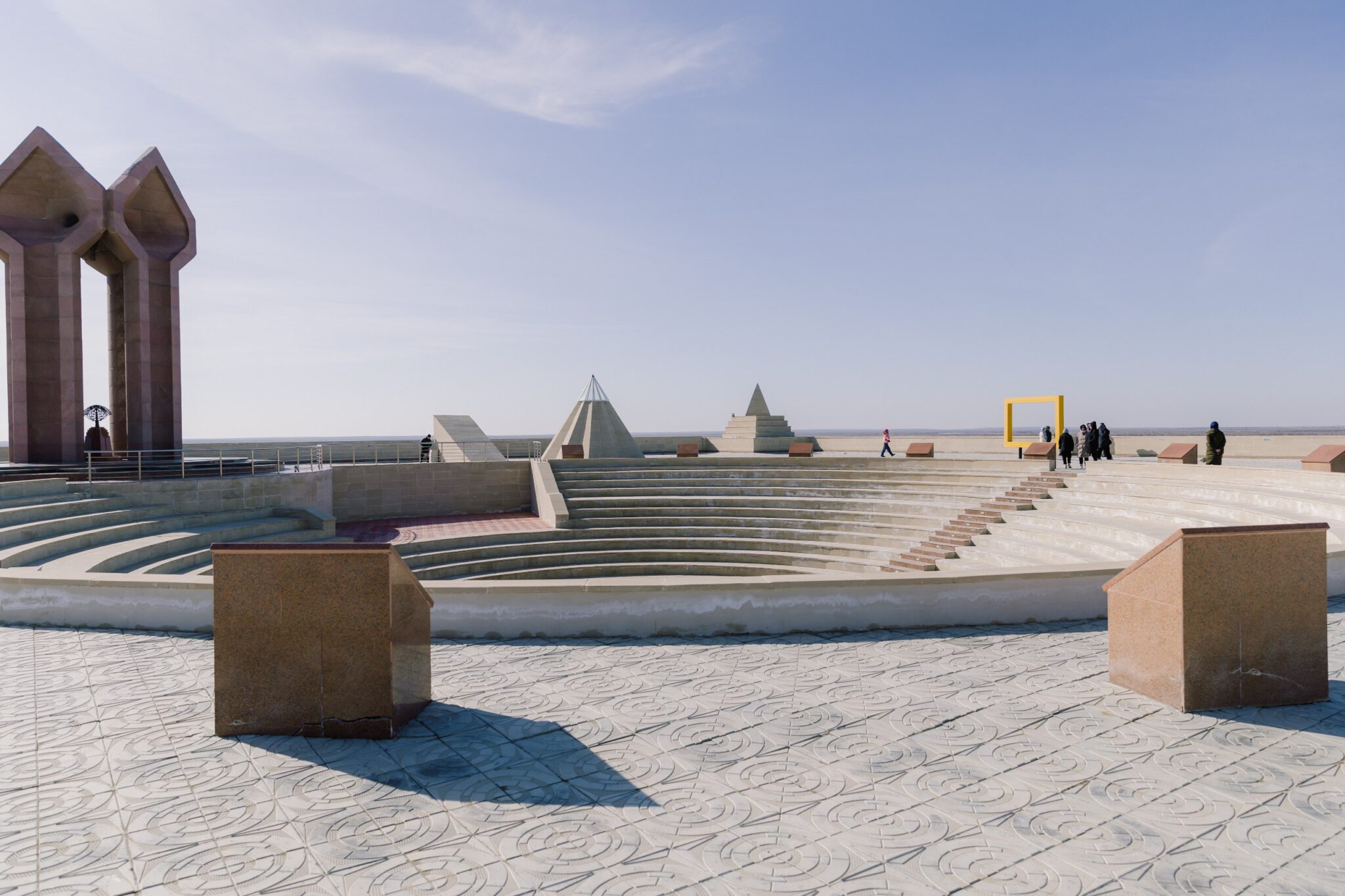
Haloxylon with its aggressive root synodic helps keep salt and sand on the bottom of the dried-up sea, thus diminishing the harmful effect on the environment and people’s health.
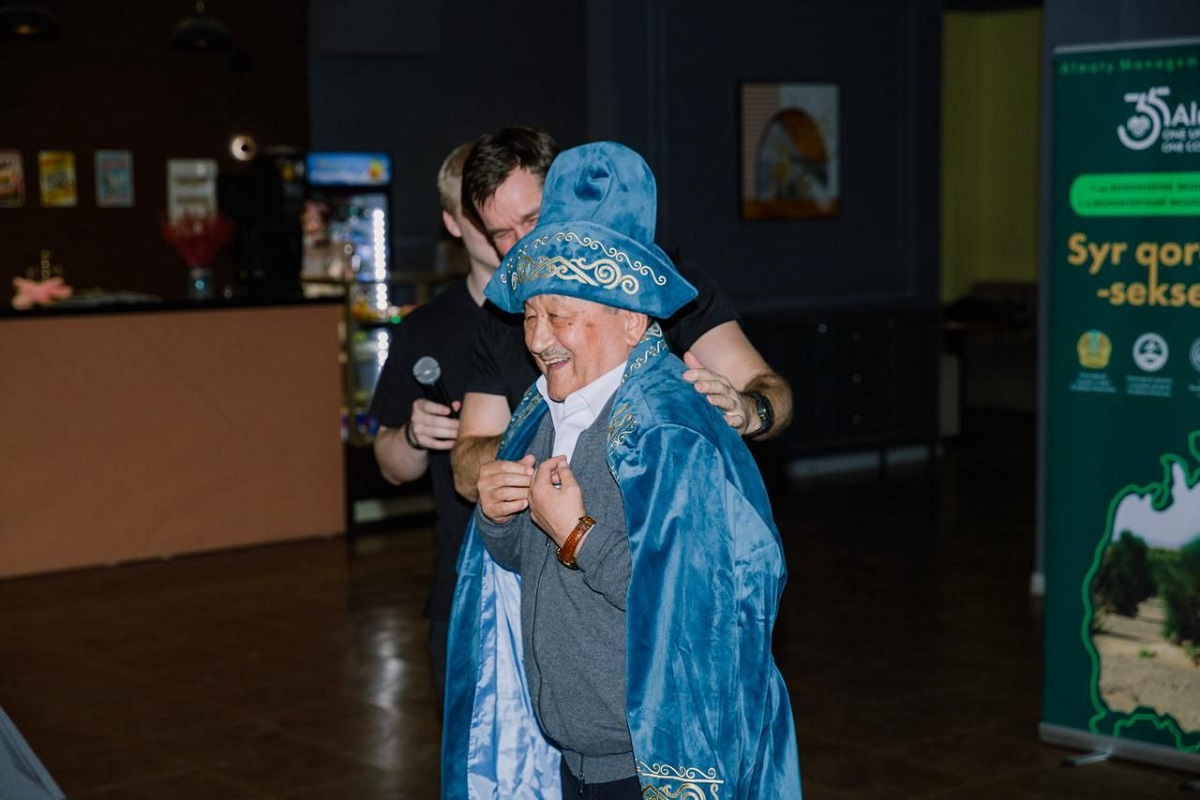
In the village, we watched an interesting film about the Aral directed by Sergei Azimov, who also participated in the campaign. And after the film, we had a talk with the film author. The first day was also best remembered for a delicious cuisine: beshbarmak, baursak, Kazakh sweets and tea.
Day two: Planting Haloxylon
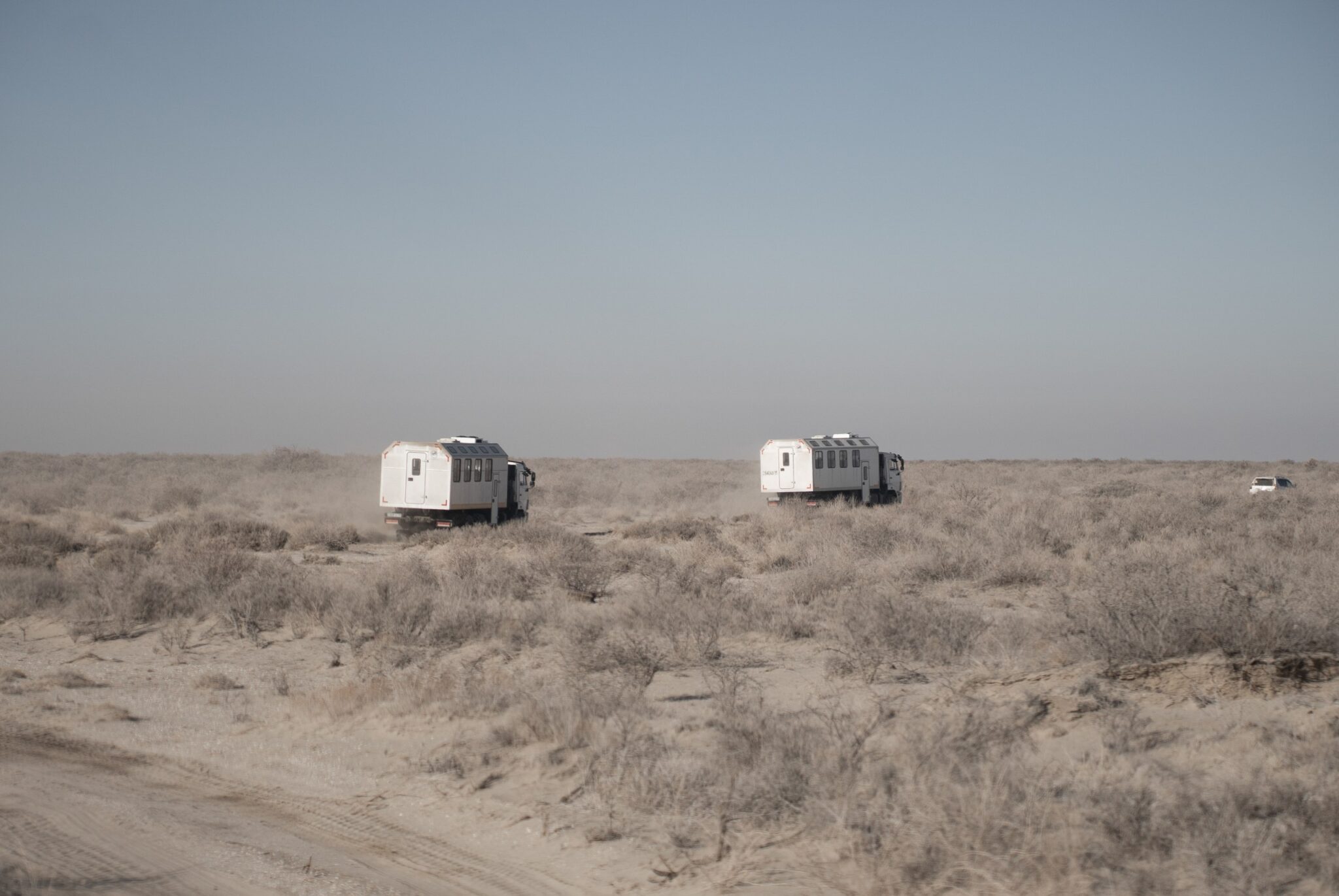
Early in the morning, Carolina and the volunteers headed for the place of Haloxylon planting. It took them six hours to get to the sea, including five hours to drive on the bottom of the dried-up Aral Sea.
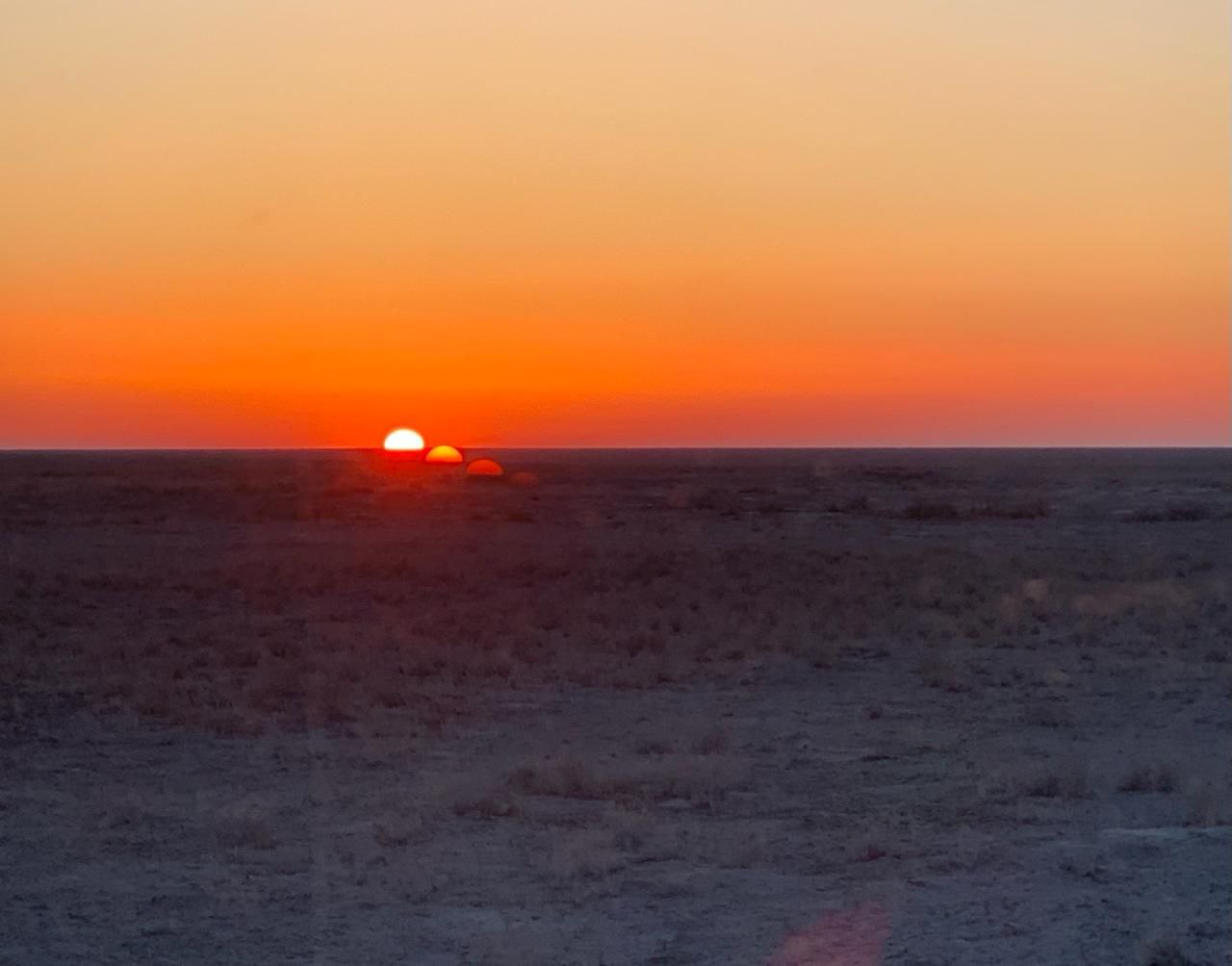
They saw a desert – an unbounded space where the sky meets the earth, and the horizon becomes infinite. There are no trees there, only grass, which swings in the wind like waves in the sea. One can feel oneself tiny and insignificant against the greatness of the nature in this perfect silence.
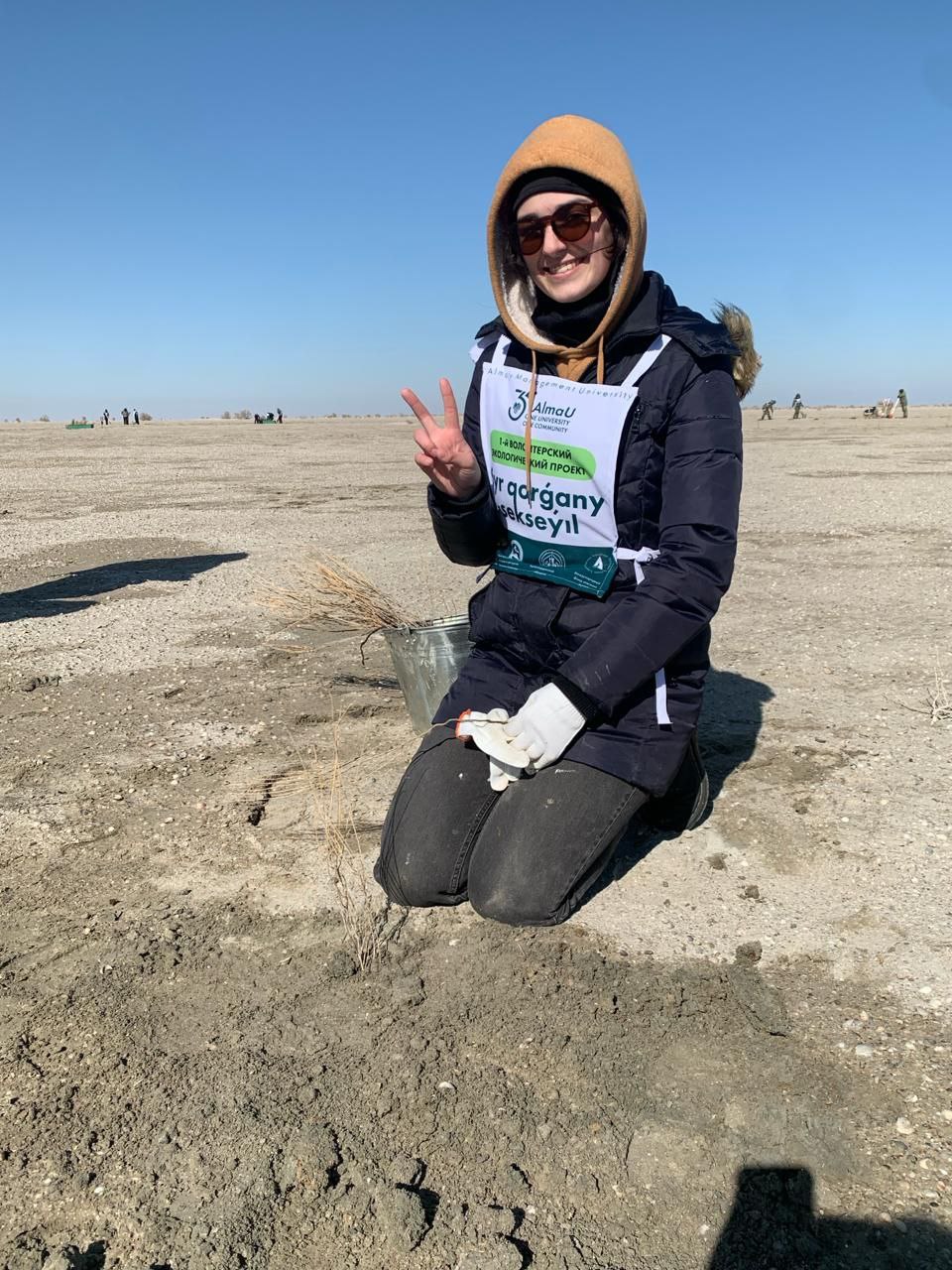
One can see salt mountains, very high and white as snow. The mountains were underwater once, but now they are on land. Carolina felt herself sad and miserable when she saw the site. She thought that people should preserve water so that such beautiful places would not turn into deserts.
The bus stopped, volunteers split up into groups, were briefed about planting young plants, and they started the work. Volunteers planted fifty one hundred young plants of Haloxylon on the bottom of the dried-up basin. Carolina planted almost five hundred young plants and was pleased with the outcome.
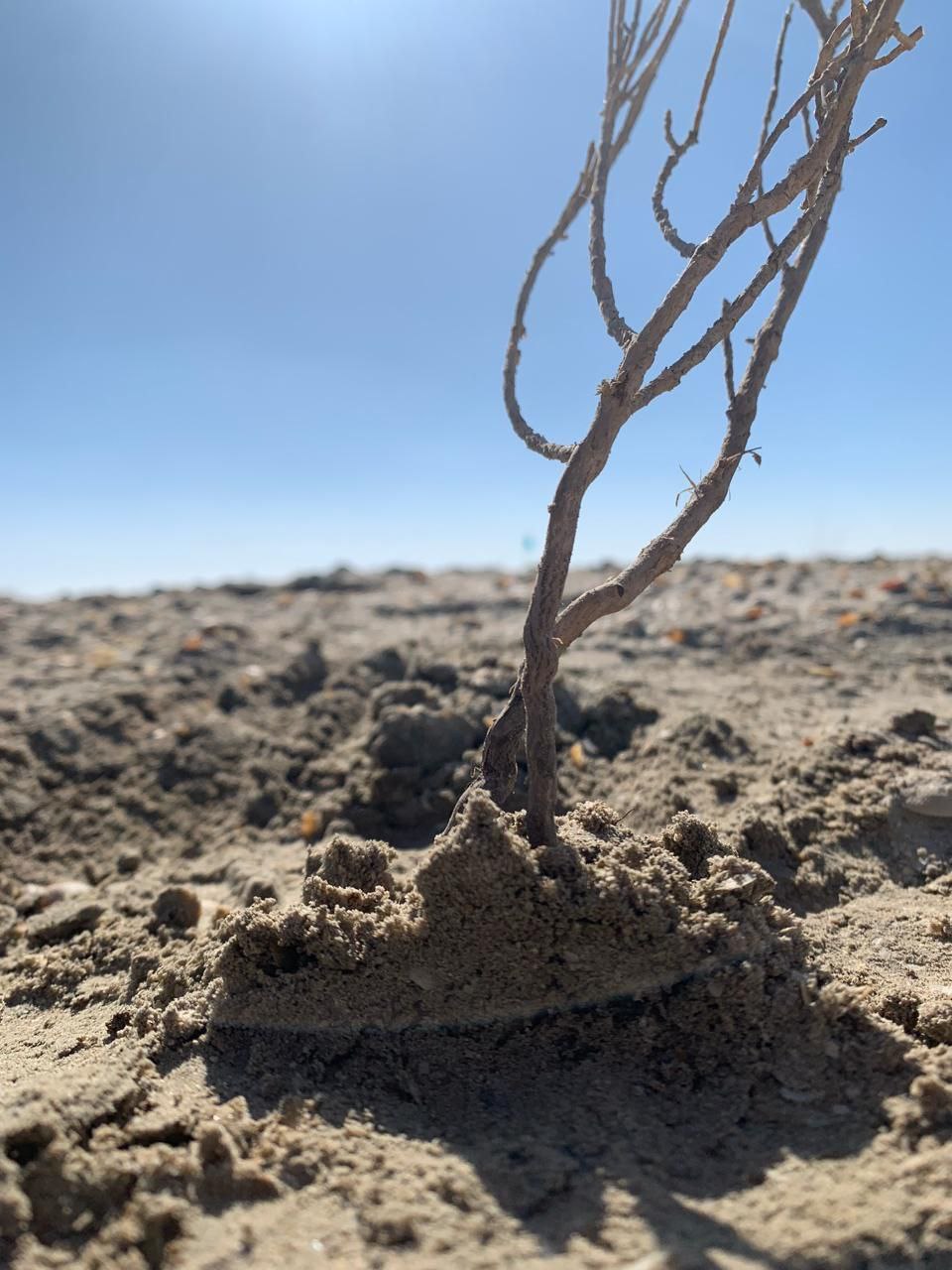
Day three: Way back home
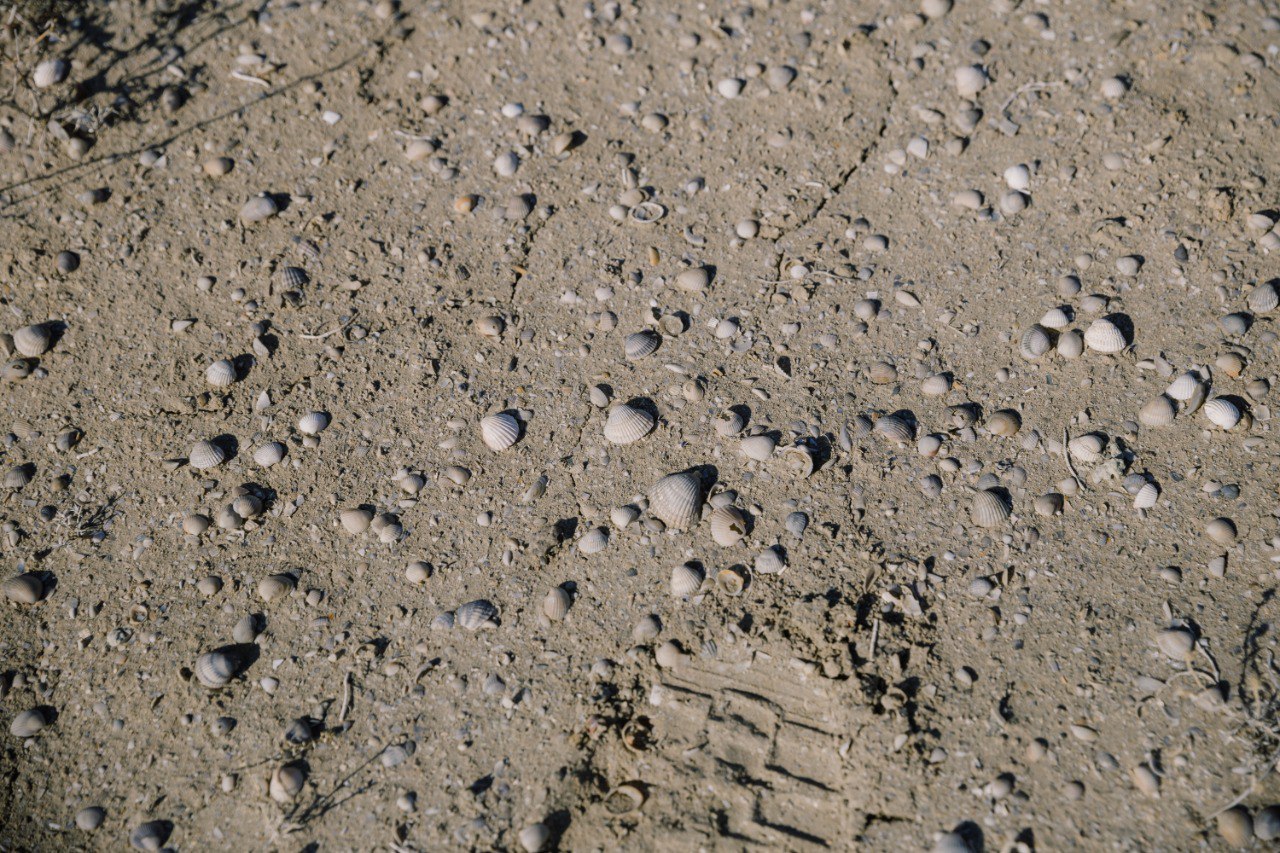
On her way back, Carolina remembered how she stood on the bottom of the dried-up Aral Sea and she kept feeling confusion and even fear. Once the water level was forty metres deep, ships sailed in the huge sea, life was in full swing, and now it is a desert. Many people lost their homes and jobs. When she walked on the bottom of the dried-up sea, she could feel the crunching salt under her feet, the shells were scattered everywhere.
“It was very strange and amazing: this spot reminded me of a desert in the West of the USA, where I have been once,” Carolina said, and added, “I hope the disaster of the Aral Sea will serve as a lesson to the entire mankind. We need to remember it and try not to repeat disasters like this.”
Photos courtesy of Caroline Solomon

